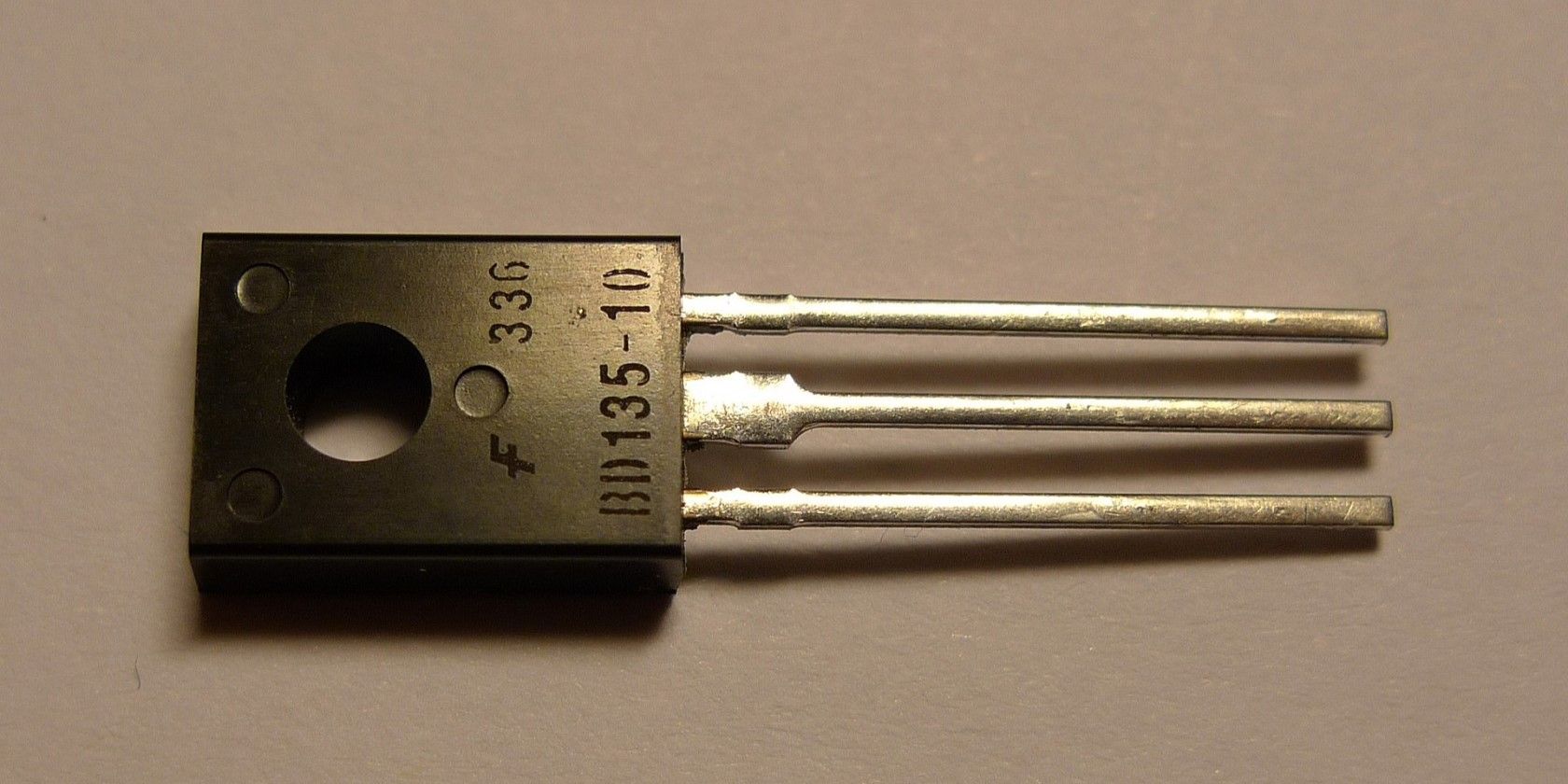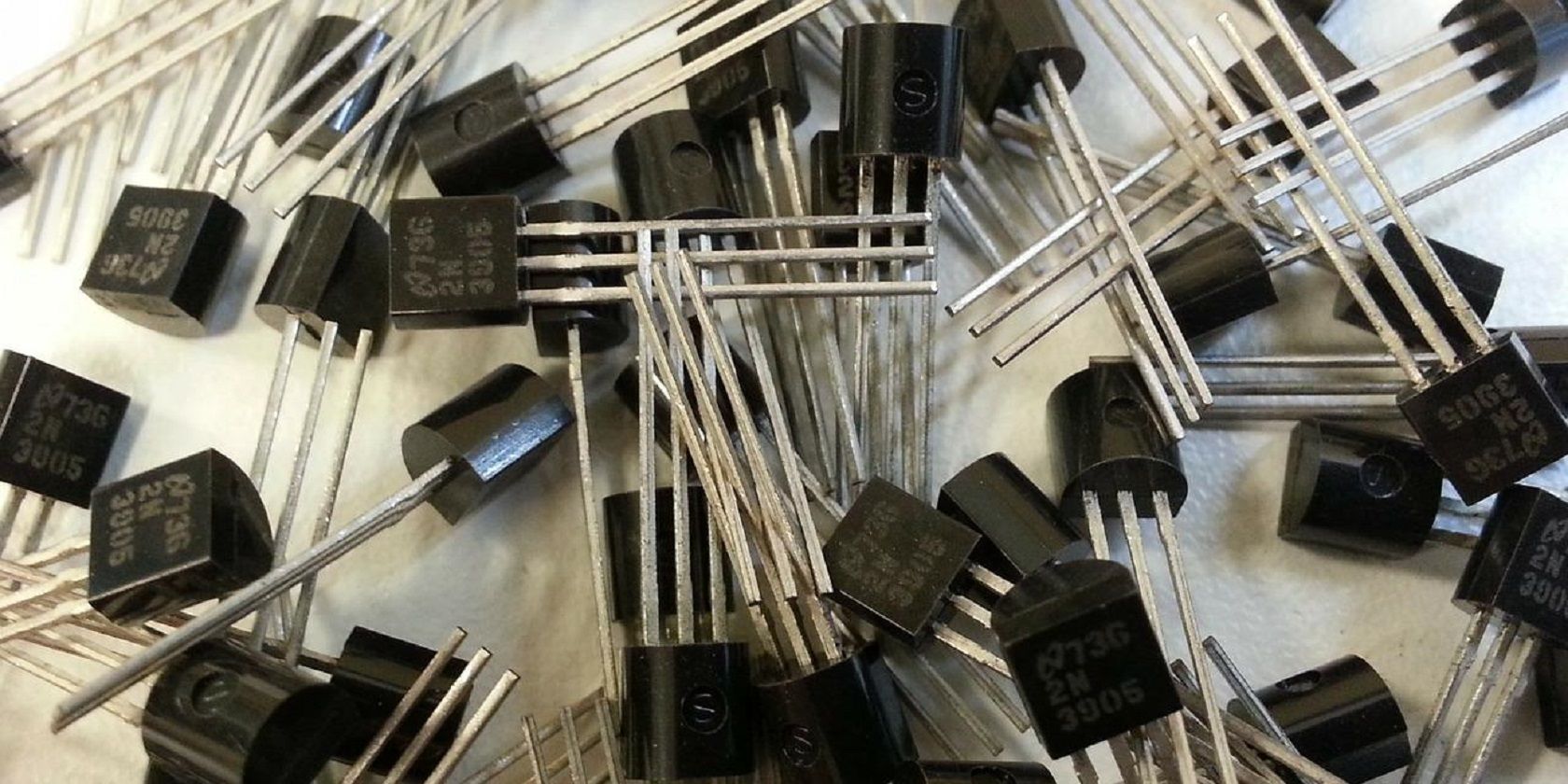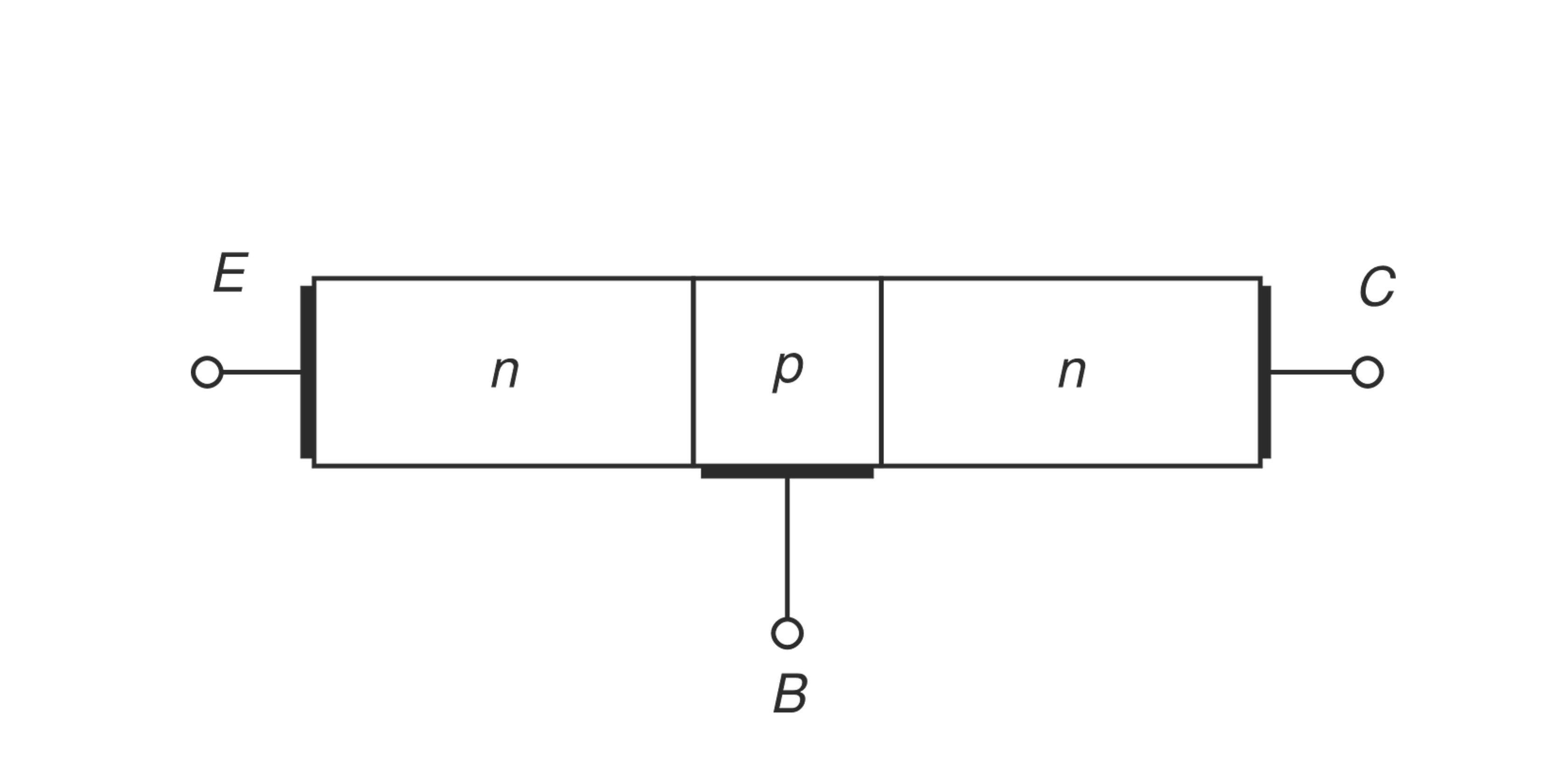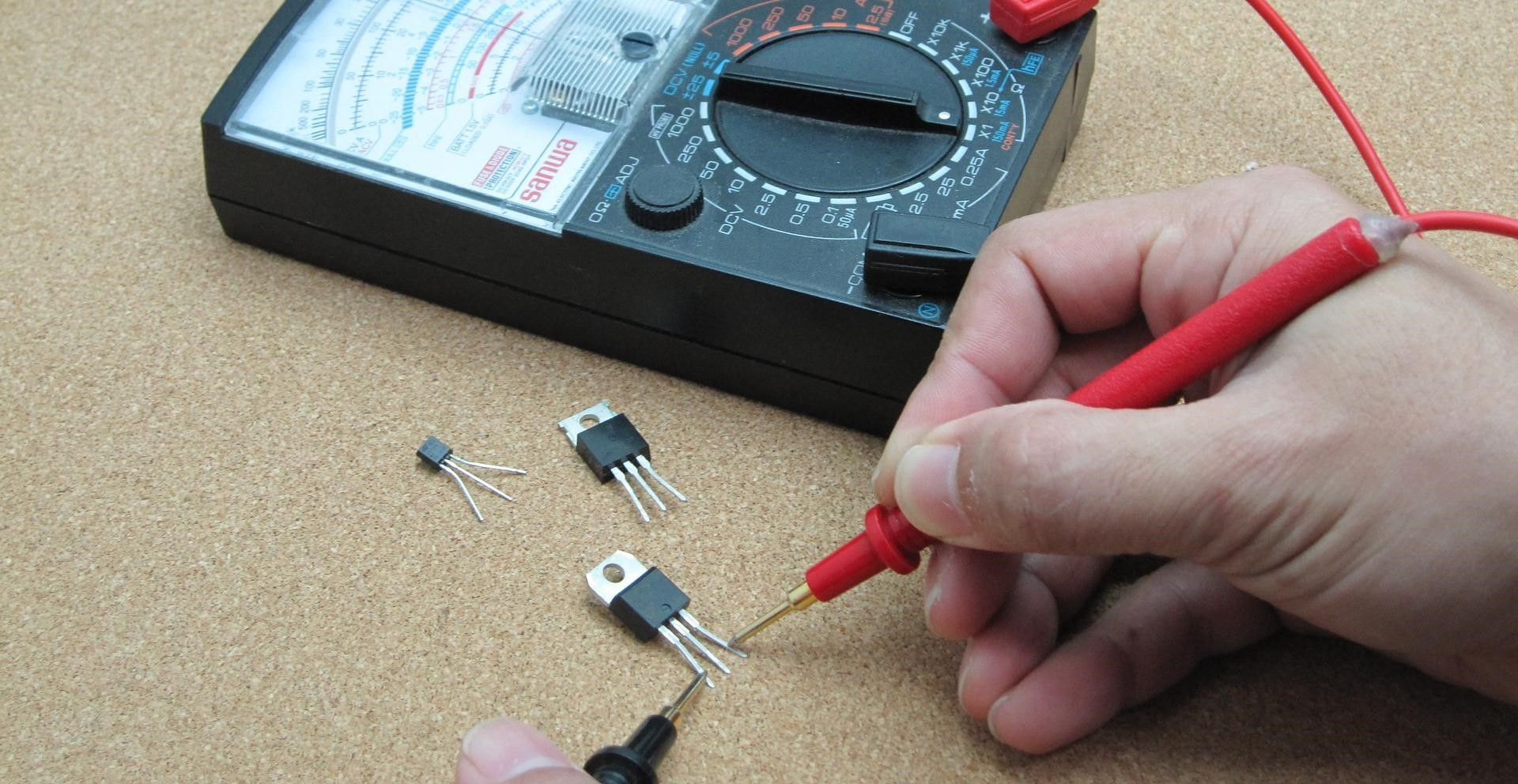Transistors are one of the most important inventions of the 20th century. You can find them in almost every electronic device, from radios to TVs to computers. But just what is a transistor, and how does it work?
What Is a Transistor?
A transistor is a three-terminal electronic device that amplifies or switches electronic signals. Its essential components are two semiconductor materials, typically silicon, with opposing properties, known as p-type and n-type.
When the two materials are placed together, they form a depletion layer barrier. This layer acts like a switch, allowing electrical current to flow through or not flow through, depending on the voltage applied to the third terminal, known as the gate.
Transistors are found in nearly all electronic devices and are critical components of integrated circuits or chips. Invented in 1947 by John Bardeen, Walter Brattain, and William Shockley of Bell Laboratories, transistors revolutionized electronics by making smaller, cheaper, and more reliable devices possible.
Transistors have three main parts:
- Base
- Collector
- Emitter
The base terminal controls the flow of current between the other two terminals. The collector collects the current coming from the base, and the emitter emits the current from the collector.
Transistors can work as either amplifiers or switches. A transistor increases the current flowing through it when used as an amplifier. Transistors can turn the current flow on or off when used as a switch.
How Does a Transistor Work?
The way a transistor works is quite simple. When no current flows through the base terminal, the transistor is in its "off" state. This means that no current can flow through the collector and emitter terminals.
When current is applied to the base terminal, the transistor goes into its "on" state. This allows the current to flow through the collector and emitter terminals. The amount of current that can flow through the transistor depends on the amount applied to the base terminal.
What Do Transistors Do? Applications of Transistors
Transistors are found in a variety of electronic devices, and they have a wide range of applications.
Computer Memory Chips
One of the most common uses for transistors is in computer memory chips. These chips store information as electrical charges, and the transistors act like tiny switches that can turn the charges on and off. This makes them ideal for storing data because they can hold loads of information in a compact space. Furthermore, they are quick, which is essential for computers that need to access large amounts of data quickly.
Switches
Transistors are often used as switches because they turn on and off quickly. This makes them ideal for digital circuits, where they can control the flow of electricity with great precision.
Amplifiers
Another use for transistors is as amplifiers. Amplifiers take a small electrical signal and amplify it, making it stronger. The first commercial application of transistors was in hearing aids and pocket radios. Today, transistors have a variety of audio amplification applications, such as stereo systems and musical instrument amplifiers.
Digital Logic Circuits
Transistors are also used in digital logic circuits. Digital logic circuits are the building blocks of digital electronics, such as computers and cell phones. These circuits use transistors to perform Boolean logic operations, which are the basis for all digital computations.
Transistors Are the Building Blocks of Modern Electronics
We've come a long way since the first transistor was invented in 1947. Today, transistors are found in everything from cell phones to cars and play an essential role in our lives.
While you may not give them much thought, transistors are behind the scenes making sure your phone rings, your car starts, and your favorite show plays on TV. Hopefully, this has given you a better understanding of one of the most fundamental components in all electronics.




